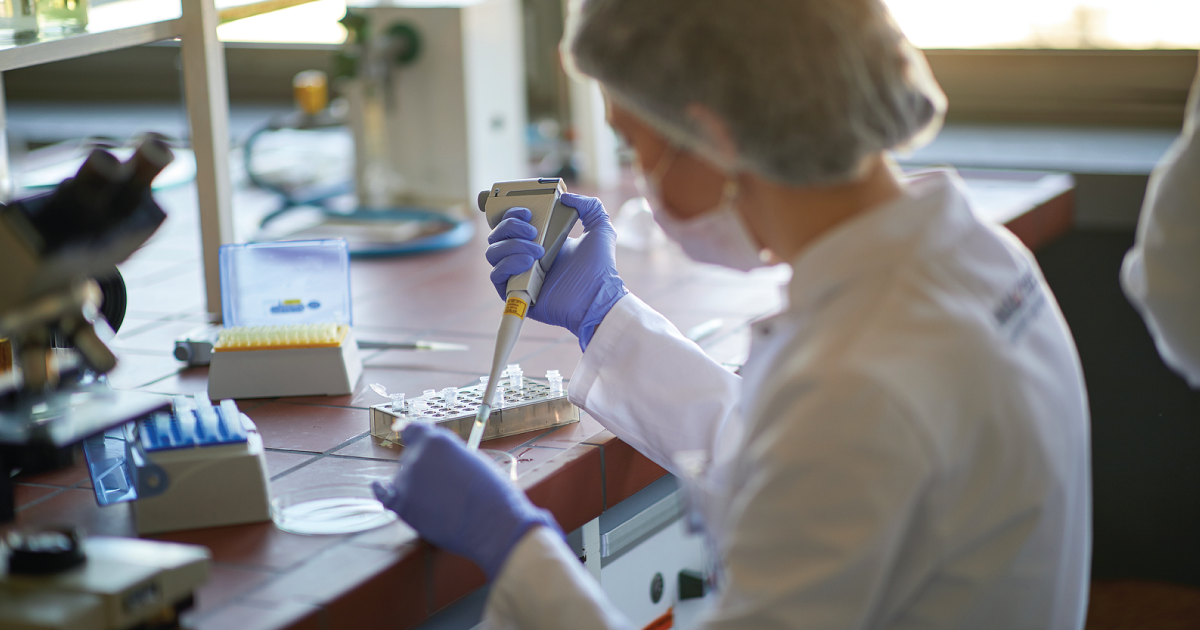
Could an Accident Have Caused COVID-19? Why the Wuhan Lab-Leak Theory Shouldn’t Be Dismissed
On a warm summer evening in July 2014, a laboratory worker on the National Institutes of Health’s sprawling campus just north of Washington, D.C., exited Building 29A toting a cardboard box. Its contents rattled inside – an assortment of fragile glass vials labeled with faded typewriter script: Q fever, rickettsia and, worst of all, four strains of variola – the dreaded virus that causes smallpox.
March 28, 2021 | Source: USA Today | by Alison Young
I have reported on safety lapses at elite U.S. labs. There is no reason to believe they aren’t happening at labs in other countries as well.
Clink. Clink. Clink.
On a warm summer evening in July 2014, a laboratory worker on the National Institutes of Health’s sprawling campus just north of Washington, D.C., exited Building 29A toting a cardboard box. Its contents rattled inside – an assortment of fragile glass vials labeled with faded typewriter script: Q fever, rickettsia and, worst of all, four strains of variola – the dreaded virus that causes smallpox.
Highly contagious, variola is one of the deadliest viruses the world has ever known. It could rip through most of the U.S. population and cause a global health disaster if released. It killed as many as 3 out of every 10 people infected before it was declared eradicated from the planet in 1980.
Clink. Clink.
